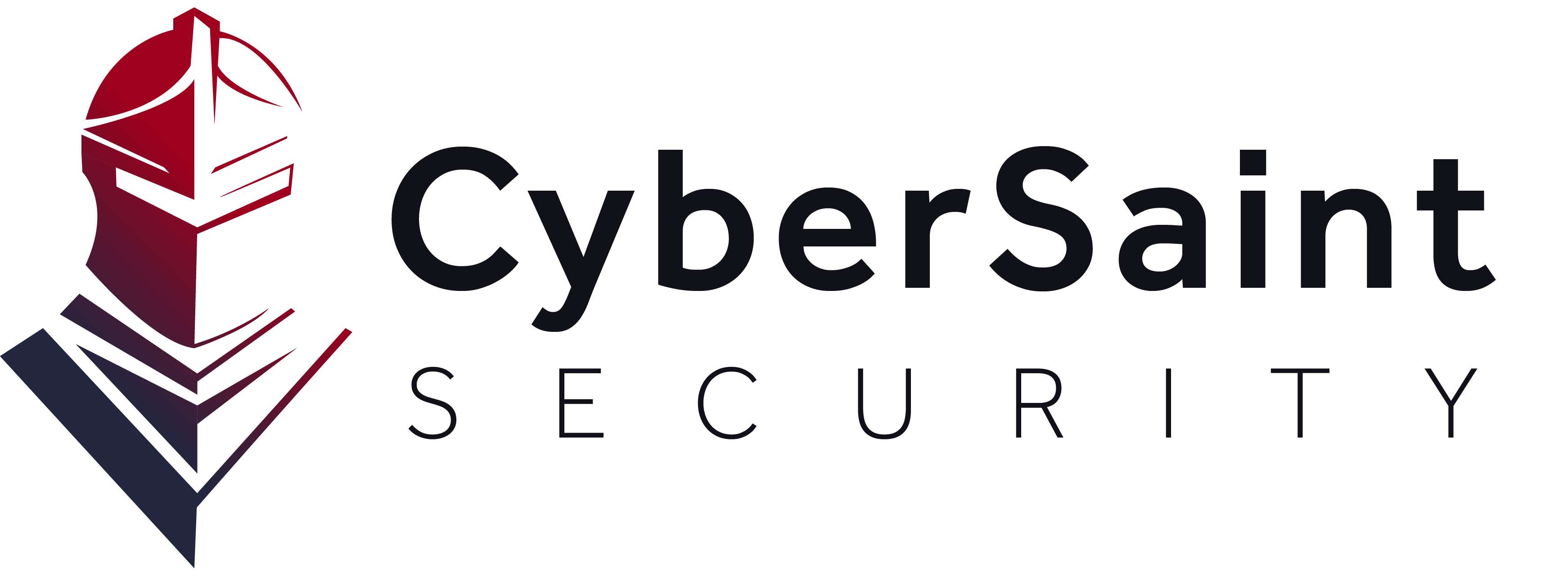What is IT and Cyber Risk?
Information technology is no longer a siloed function within an enterprise. Today, technology powers almost all business units and organizations within a company. With that technology comes risk in the form of a cyber attack, a data breach, a social engineering attack, and any other cyber event that can disrupt business operations or damage the company’s credibility. As with any other form of risk (financial, operational, etc.), companies must embrace some IT risk to achieve their business goals, be it the adoption of new technology or forgoing an update or upgrade of legacy technology to save money. Each technology decision comes with a set of risks.
Information security leaders and their teams are responsible for identifying, analyzing, and mitigating the risks that the company accepts based on a given strategy to ensure that the organization stays secure while on the path to growth.
What is IT Risk Management?
IT risk management is a critical function in today’s businesses. As more organizations have come to see IT risk as an essential part of an overall enterprise risk management program, defining, tracking, and mitigating cyber risks has become a regular talking point in Boardrooms across the globe.
IT risk management is the process by which information security teams identify risks, understand their potential impact on the organization, and prioritize remediation based on that impact to determine how to allocate resources to mitigate potential risks to the extent possible.
Read more about IT and cyber risk management.






